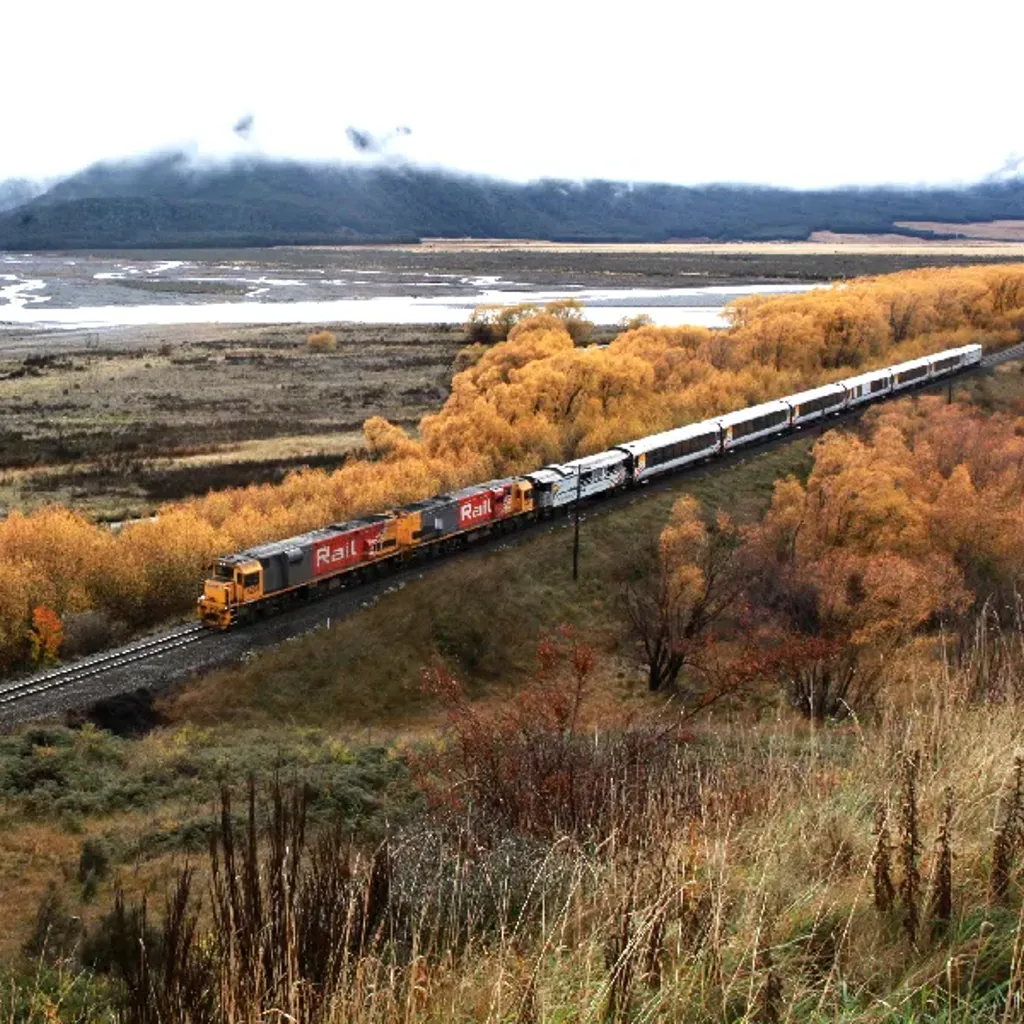Craft messages for different user groups
In the case of Ankara, we knew we were facing the city with the highest level of car ownership and usage in the entire country. It would not be enough to provide some cycle hire points and expect instant change. We realised that to ensure engagement with what is a new way to travel, we need to understand the consumer and their motivations, address their concerns, convince them, and correctly position our cycling proposition. It also means tailoring the message to different user groups. Children and young people can be encouraged to see cycling as something that improves their leisure and freedom. For adults and older groups, cycling can make more sense as a healthy choice and as a cheap, inclusive form of transport to work.
Safety is the first story to tell
In that communications strategy, the research with local people was clear on the reasons for scepticism or concern: the city in its current form didn’t seem at all safe for cyclists; there was a belief that you wouldn’t be able to go point-to-point by bike, without giving up or switching back to powered transport at some point. In the background of these concerns are Turkey’s road fatality rate, running at around three times that of the UK (2019 figures).
To guarantee the safety of cyclists, we designed the cycle network to minimise interactions between cyclists and motorised traffic, especially on roads with higher speeds and traffic volumes. We also considered physical criteria to determine which streets have the potential to be cyclable; gradient, surfacing, speed, parking, street width. Significant sections of the local street network in Ankara can be considered inherently cyclable for all population groups of the city. These streets are characterised by narrow carriageways, low speeds, and the absence of through traffic. These cyclable streets will play a key role in building the cycling culture of Ankara and will act as feeders to the more formal infrastructure.
Active travel is multi-modal
Part of our approach to encouraging the adoption of cycling and active travel measures, was to make explicit their connection to other forms of public transport. Once users grasp how cycling or walking integrates with other affordable, regular and safe transport options, there’s greater possibility that they will make the switch. This is particularly important for older, more frail or disabled travellers, who need to have confidence they will be able to complete their journeys safely.














